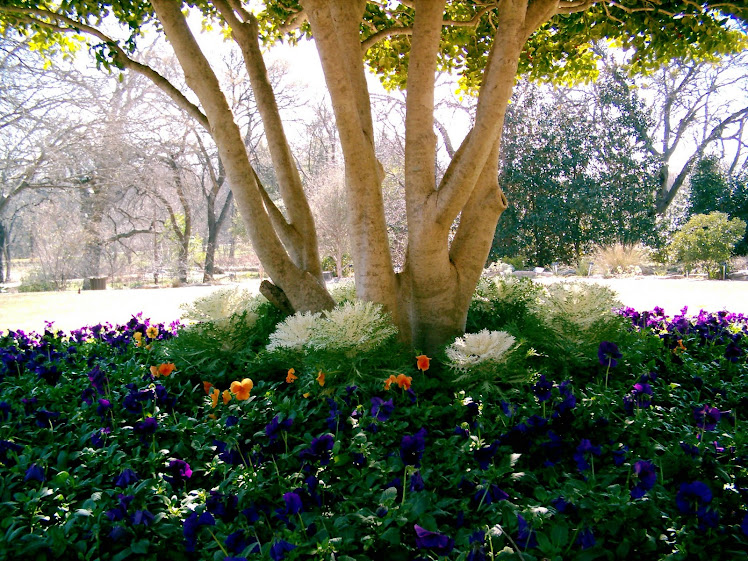Written by Patrick Crothers, The Shorthorn guest columnist
Tuesday, 26 October 2010 04:49 PM
“One of government’s chief responsibilities is to help Texans with the greatest needs,” Gov. Rick Perry is quoted on the Texas Secretary of State website. “The Secretary of State’s Ombudsperson Program is a central part of our initiatives to assist needy Texans living in colonias. The program is helping to provide better roads, bring water and wastewater infrastructure to areas that lack these basic services and improve the quality of life for some of Texas’ neediest citizens.”
How does a massive federal-state program that created 2,400 housing clusters all across the Texas-Mexico border, escape critical public review? Answer, somebody wants it to be out of the public view. This gigantic plot involves the 1972 U.N. Conference on the Human Environment, the precursor to the 1992 U.N. Earth Summit. Additionally the 1983 La Paz Agreement establishes a co-operational area 100 km, about 62 miles, into both countries. The protection and improvement of the environment are the stated goals. Six workgroups establish goals for the border with enforcement set with the 1983 Integrated Border Environmental Plan.
With American, Texan and international authorities all holding power in non-public work groups, the creation of an international southern border, some 124 miles wide and 1,200 miles in length has taken place.
So what is a colonia?
The term “colonia,” in Spanish means a community or neighborhood. The Office of the Secretary of State defines a “colonia” as a residential area along the Texas-Mexico border that may lack some of the most basic living necessities, such as potable water and sewer systems, electricity, paved roads and safe and sanitary housing.
What they also are is a patchwork of border housing that are usually in bunched groups of 10 or 11 structures. This began in the 1950s and covers the entire U.S.-Mexico border. The basic structures were sold by developers without improvements such as water, plumbing, electricity, roads, schools or police protection. The properties were sold as-is and were intended for the purchaser to finish the development, as they could afford to do so.
Of course the poorest of Texans live in these colonias and cannot afford to install plumbing or electricity. The people cannot borrow money on the development until the note is completely paid. Improving the lots is doubly hard as there are few roads to connect the colonias with highways and no chance of meeting 2010 Texas building codes. Four hundred thousand Texans are stuck in structures built on flood plains in arid desert conditions and few people seem to know they exist. Why is this happening? The usual suspects are here; greed, prejudice and a government program that was glad to take the money.
The poor once again sit in poverty while billions are being spent on their behalf.
Views: 82 | E-mail
Passion In Purple

Water Color
Thursday, October 28, 2010
Show me the money, the mishandling of ‘colonias’ just creates a bigger problem PDF Print E-mail Written by Patrick Crothers, The Shorthorn guest columnist Tuesday, 26 October 2010 04:49 PM “One of government’s chief responsibilities is to help Texans with the greatest needs,” Gov. Rick Perry is quoted on the Texas Secretary of State website. “The Secretary of State’s Ombudsperson Program is a central part of our initiatives to assist needy Texans living in colonias. The program is helping to provide better roads, bring water and wastewater infrastructure to areas that lack these basic services and improve the quality of life for some of Texas’ neediest citizens.” How does a massive federal-state program that created 2,400 housing clusters all across the Texas-Mexico border, escape critical public review? Answer, somebody wants it to be out of the public view. This gigantic plot involves the 1972 U.N. Conference on the Human Environment, the precursor to the 1992 U.N. Earth Summit. Additionally the 1983 La Paz Agreement establishes a co-operational area 100 km, about 62 miles, into both countries. The protection and improvement of the environment are the stated goals. Six workgroups establish goals for the border with enforcement set with the 1983 Integrated Border Environmental Plan. With American, Texan and international authorities all holding power in non-public work groups, the creation of an international southern border, some 124 miles wide and 1,200 miles in length has taken place. So what is a colonia? The term “colonia,” in Spanish means a community or neighborhood. The Office of the Secretary of State defines a “colonia” as a residential area along the Texas-Mexico border that may lack some of the most basic living necessities, such as potable water and sewer systems, electricity, paved roads and safe and sanitary housing. What they also are is a patchwork of border housing that are usually in bunched groups of 10 or 11 structures. This began in the 1950s and covers the entire U.S.-Mexico border. The basic structures were sold by developers without improvements such as water, plumbing, electricity, roads, schools or police protection. The properties were sold as-is and were intended for the purchaser to finish the development, as they could afford to do so. Of course the poorest of Texans live in these colonias and cannot afford to install plumbing or electricity. The people cannot borrow money on the development until the note is completely paid. Improving the lots is doubly hard as there are few roads to connect the colonias with highways and no chance of meeting 2010 Texas building codes. Four hundred thousand Texans are stuck in structures built on flood plains in arid desert conditions and few people seem to know they exist. Why is this happening? The usual suspects are here; greed, prejudice and a government program that was glad to take the money. The poor once again sit in poverty while billions are being spent on their behalf. .
Subscribe to:
Comments (Atom)